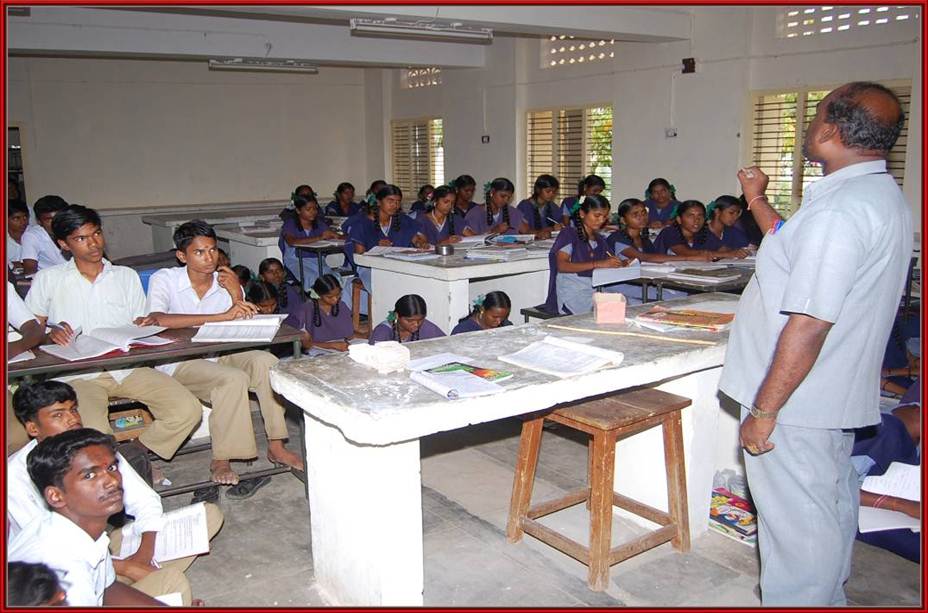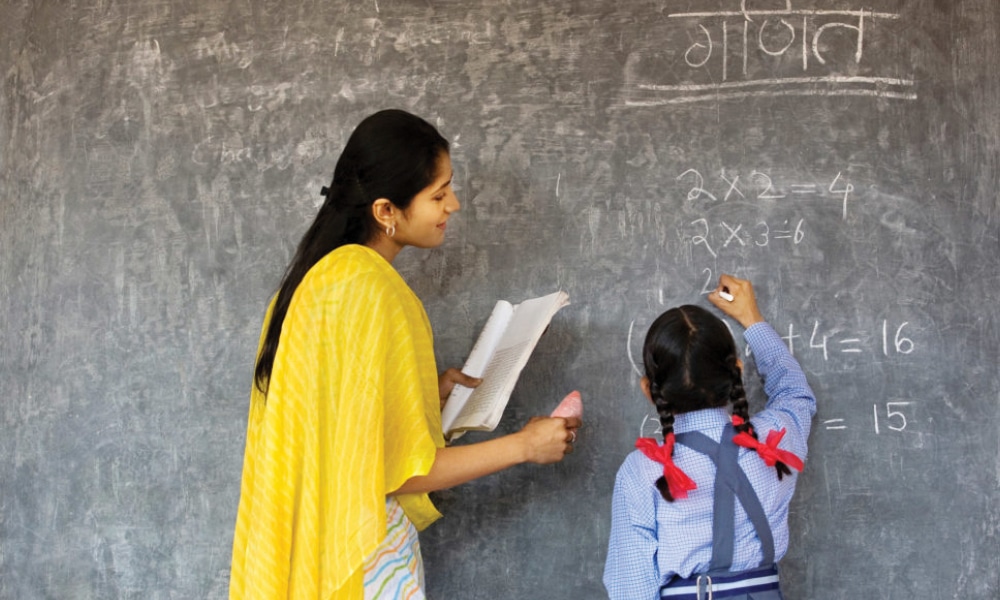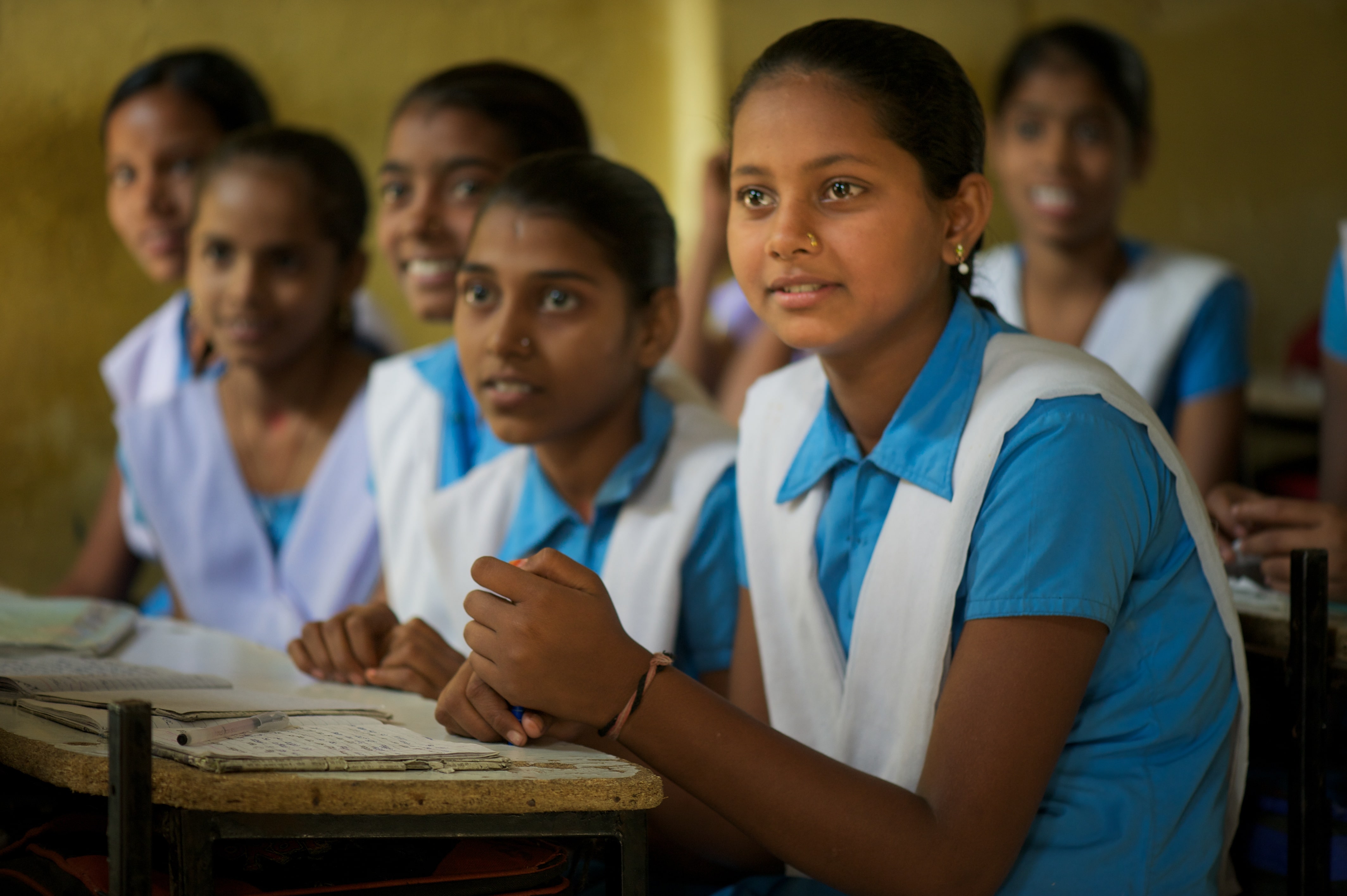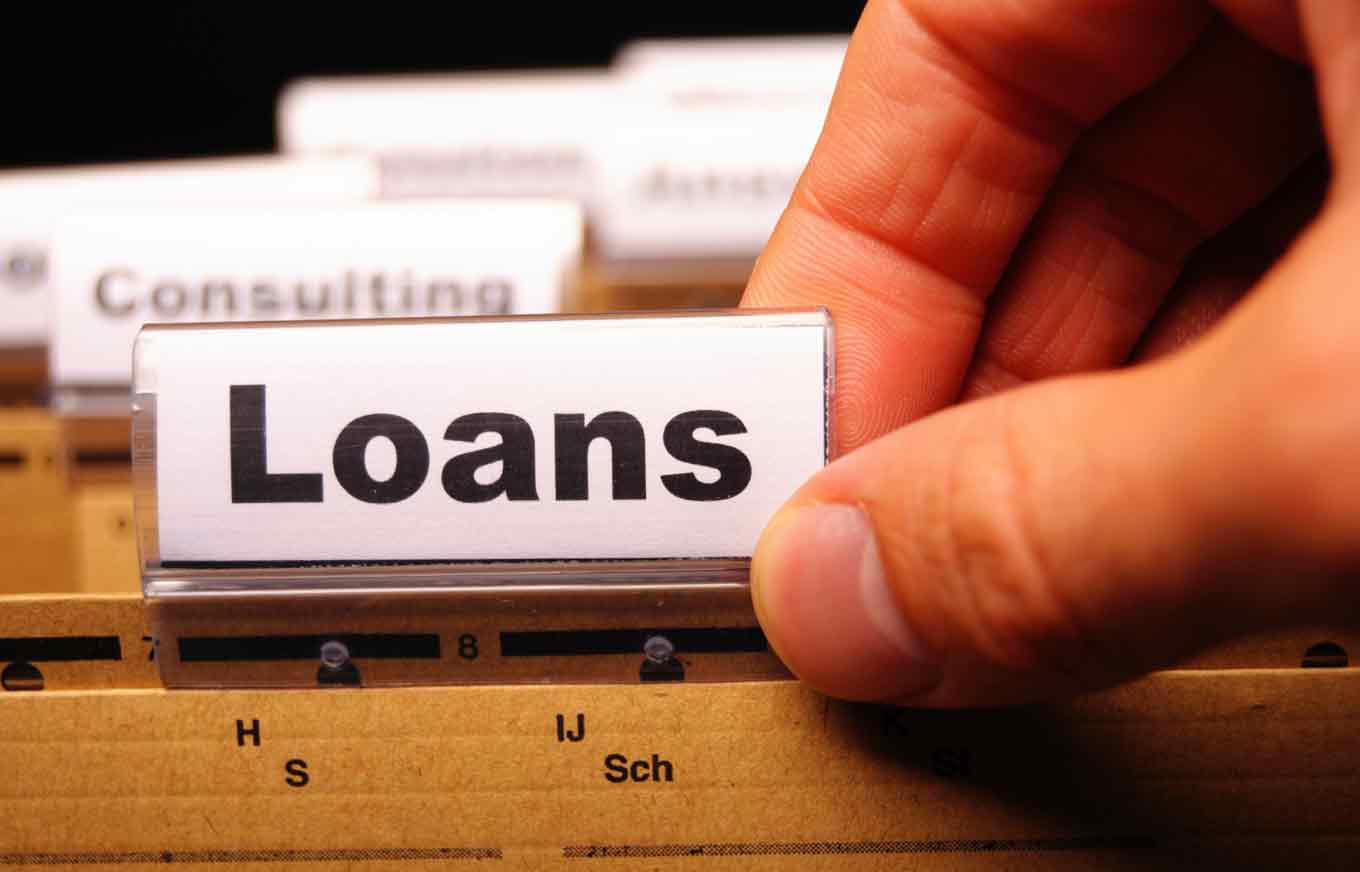
 The new Annual Status of Education Report (ASER) shows that deterioration in learning outcomes has been arrested in 2014, but absolute numbers are still dismal. Less than half of class 5 students can read a text of class 2 level; less than half of class 8 students can do a division. If that was not worrying enough, the gap in learning outcomes between private and government schools is huge.
The new Annual Status of Education Report (ASER) shows that deterioration in learning outcomes has been arrested in 2014, but absolute numbers are still dismal. Less than half of class 5 students can read a text of class 2 level; less than half of class 8 students can do a division. If that was not worrying enough, the gap in learning outcomes between private and government schools is huge.
There is a 20 percentage point difference between the proportion of students in private and government schools who have achieved basic learning outcomes in reading and arithmetic. This is despite public schools spending more per pupil in almost every state except Bihar. The only efficient way to improve learning outcomes is by introducing more accountability in government schools. In the absence of improvements in the way government schools function, improving learning outcomes will be an extravagantly expensive affair. If government schools continue to operate at the same level of efficiency, an excess Rs.2.32 trillion of spending is needed to achieve the learning results of the private sector, estimate Lant Pritchett and Yamini Aiyar of Harvard Kennedy School and Centre for Policy Research, respectively. That number is not only higher than the entire current spending on education, it is another 2.8% of gross domestic product (GDP).
The excess cost for the government sector to reach the same learning outcomes is a sum of two parts. One, the raw cost differential or the excess spent by public schools over private schools and the incremental estimated cost needed to achieve the same results as the private sector. This number has been multiplied by the number of students to arrive at the Rs.2.32 trillion number. As the above charts show, there are huge state-wise disparities. In terms of absolute spending per pupil by government schools, Goa tops the charts with nearly Rs.45,000 per pupil, while Bihar spends the least at Rs.4,300. At the same time, higher spending is not always commensurate with better learning outcomes. According to ASER 2011 and 2012 data, the average learning outcome for government schools in Goa is only 6 percentage points higher than that in Bihar. In Goa, the government spends nearly Rs.40,000 more per student compared with privately educated pupils.
This difference is the lowest for Bihar which is the only state that spends less money per pupil than its private sector. But a narrow gap between government and private school per pupil costs doesn’t mean that government schools are more efficient. For example, this gap in raw costs for Uttar Pradesh is Rs7,890 compared with Rs.14,877 for Maharashtra. But the learning gap between children in government and private schools is only 5.8 percentage points for Maharashtra compared with 32.3 percentage points in Uttar Pradesh.
Thus, when it comes to overall excess public costs, Uttar Pradesh has to spend nearly five times more, though it should be noted that the greater number of students enrolled also adds to costs. Pritchett and Iyer warn that merely hiking teachers’ salaries might have no incremental impact on learning outcomes in public schools. This is exactly what many political parties have been promising. It is well known that the higher expenses in government schools mostly go towards wages and salaries. Any such additional spending will have to be done sensibly.
Schools are supposed to be the temples of learning, but the average primary educational institution in India is likely to be a dingy, dilapidated place without access to electricity, toilets and with too few teachers. True, just having great school infrastructure is not sufficient to improve learning outcomes, but it is certainly a necessary condition.
The latest Annual Status of Education report shows that learning outcomes are abysmal in Indian schools. The following charts show that there is a lot of work needed in school-level infrastructure when the government announces a new education policy which is in the works. The 2013-14 edition of the District Information System for Education (DISE) report shows that India’s schooling system is overwhelmingly skewed towards primary schools.
There are five times more primary schools than there are secondary schools. At the state level, this discrepancy becomes even more stark. The worst performer in this regard is Bihar with a ratio of 13.3:1 while the most balanced is Chandigarh with a ratio of 1.2:1. The reason for this skew is a sharp rise in small schools (enrolment of fewer than 60 students), and these are all primary schools, says Rukmini Banerjee, Director at the Annual Status of Education Report Centre. This explosion in primary schools is often counter-productive since the schools are too small to have adequate infrastructure or teacher strength. Increasing the size of these schools and including a secondary education section is the way forward, she added.
Even within larger schools, the level of infrastructure needs a lot of work. The DISE data shows that only 6 out of every 10 schools in the country have access to electricity. State-level data throws up an even grimmer picture—one-third of states do not provide electricity to the majority of their schools. Bihar again is the worst offender with only 10% of its schools having access to electricity. Some other states such as Punjab, Gujarat and Haryana fare very well in this regard with almost all their schools getting electricity.
In the case of toilets, however, India fares quite well. According to DISE data, 86% schools in India have boys’ toilets while 91% have girls’ toilets. Most of the states have toilets in more than 80% of their schools. Among the worst performers are Arunachal Pradesh and Meghalaya. However, the DISE numbers may be a little misleading since they do not make a distinction between usable and unusable toilets. While, there are very few schools that have no toilets at all, the latest ASER report says that only 65% have usable toilets.
The average class size—or students per classroom—in India across the levels of schooling was 42. States like Bihar and Jharkhand fare worse with an average of 78 and 67 students per classroom, respectively. Bihar’s secondary education facilities seem especially strained, with 97 students per class. Jharkhand has that issue in higher secondary education with 94 students per class. The student-teacher ratio in India stands at 27.25:1 across all levels of schooling. This seems healthy in light of the Right to Education Act stipulation of a ratio of 30:1. However, the student-teacher ratio of 41:1 in higher secondary education needs some work. Uttar Pradesh, in particular, needs to hire many more teachers as its ratio of 60:1 is well above the recommended level. The discrepancy between these figures and those in the latest ASER edition (which shows higher student-classroom and student-teacher ratios than DISE) can be put down to the fact that ASER is a survey and focuses only on rural India. The quality of the teachers is also important for learning outcomes. The DISE data shows that only 69% of all school teachers in the country have a graduate degree or more.
However, around 91% of all higher secondary teachers in the country have a graduate degree or more. Only eight states have a proportion lower than this. The current education policy was formulated by the then Prime Minister Rajiv Gandhi in 1986. It is high time it was updated and these are just some of the issues that need to be addressed in the new policy. However, “The real priority focus of the new education policy must be learning outcomes and the syllabus. There must also be publicly available targets for students to meet at each level so that even parents can contribute in helping the children meet these targets,” says Banerjee.





















